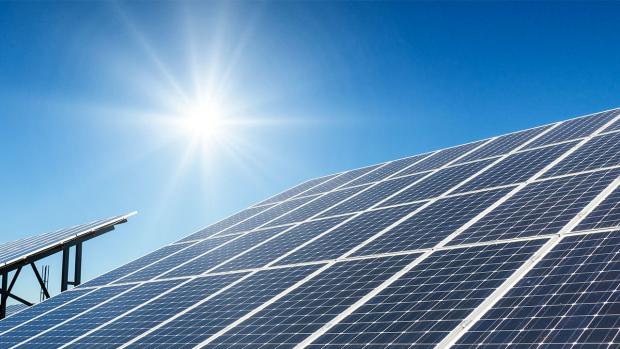
Breaking News
Trump's God Complex, Slavish Pandering To Israel And War Against Thomas Massie And Rand Paul
 Gold Goes Full Reserve Asset as Basel III Elevates It to Tier 1 Status
Gold Goes Full Reserve Asset as Basel III Elevates It to Tier 1 Status
 You Are the Carbon They Want to Reduce:
You Are the Carbon They Want to Reduce:
Top Tech News
 Future of Satellite of Direct to Cellphone
Future of Satellite of Direct to Cellphone
 Amazon goes nuclear with new modular reactor plant
Amazon goes nuclear with new modular reactor plant
 China Is Making 800-Mile EV Batteries. Here's Why America Can't Have Them
China Is Making 800-Mile EV Batteries. Here's Why America Can't Have Them
 China Innovates: Transforming Sand into Paper
China Innovates: Transforming Sand into Paper
 Millions Of America's Teens Are Being Seduced By AI Chatbots
Millions Of America's Teens Are Being Seduced By AI Chatbots
 Transhumanist Scientists Create Embryos From Skin Cells And Sperm
Transhumanist Scientists Create Embryos From Skin Cells And Sperm
 You've Never Seen Tech Like This
You've Never Seen Tech Like This
 Sodium-ion battery breakthrough: CATL's latest innovation allows for 300 mile EVs
Sodium-ion battery breakthrough: CATL's latest innovation allows for 300 mile EVs
 Defending Against Strained Grids, Army To Power US Bases With Micro-Nuke Reactors
Defending Against Strained Grids, Army To Power US Bases With Micro-Nuke Reactors
Adding 4 Years of Life to Higher Efficiency Solar Cells

Tandem cells (combining silicon and perovskite nanocrystals) have a larger bandgap than silicon and capture more of the solar spectrum for energy generation.
Singlet fission produces twice the electronic charge carriers than normal for each photon of light that's absorbed. Tetracene is used in these devices to transfer the energy generated by singlet fission into silicon.
Abstract
The economic value of a photovoltaic installation depends upon both its lifespan and power conversion efficiency. Progress toward the latter includes mechanisms to circumvent the Shockley?Queisser limit, such as tandem designs and multiple exciton generation (MEG). Here we explain how both silicon tandem and MEG?enhanced silicon cell architectures result in lower cell operating temperatures, increasing the device lifetime compared to standard c?Si cells. Also demonstrated are further advantages from MEG enhanced silicon cells: (i) the device architecture can completely circumvent the need for current?matching; and (ii) upon degradation, tetracene, a candidate singlet fission (a form of MEG) material, is transparent to the solar spectrum. The combination of (i) and (ii) mean that the primary silicon device will continue to operate with reasonable efficiency even if the singlet fission layer degrades. The lifespan advantages of singlet fission enhanced silicon cells, from a module perspective, are compared favorably alongside the highly regarded perovskite/silicon tandem and conventional c?Si modules.

 Harvard's PhD Bloodbath
Harvard's PhD Bloodbath
 SpaceX Heat Shield and Starship Mass Production
SpaceX Heat Shield and Starship Mass Production

